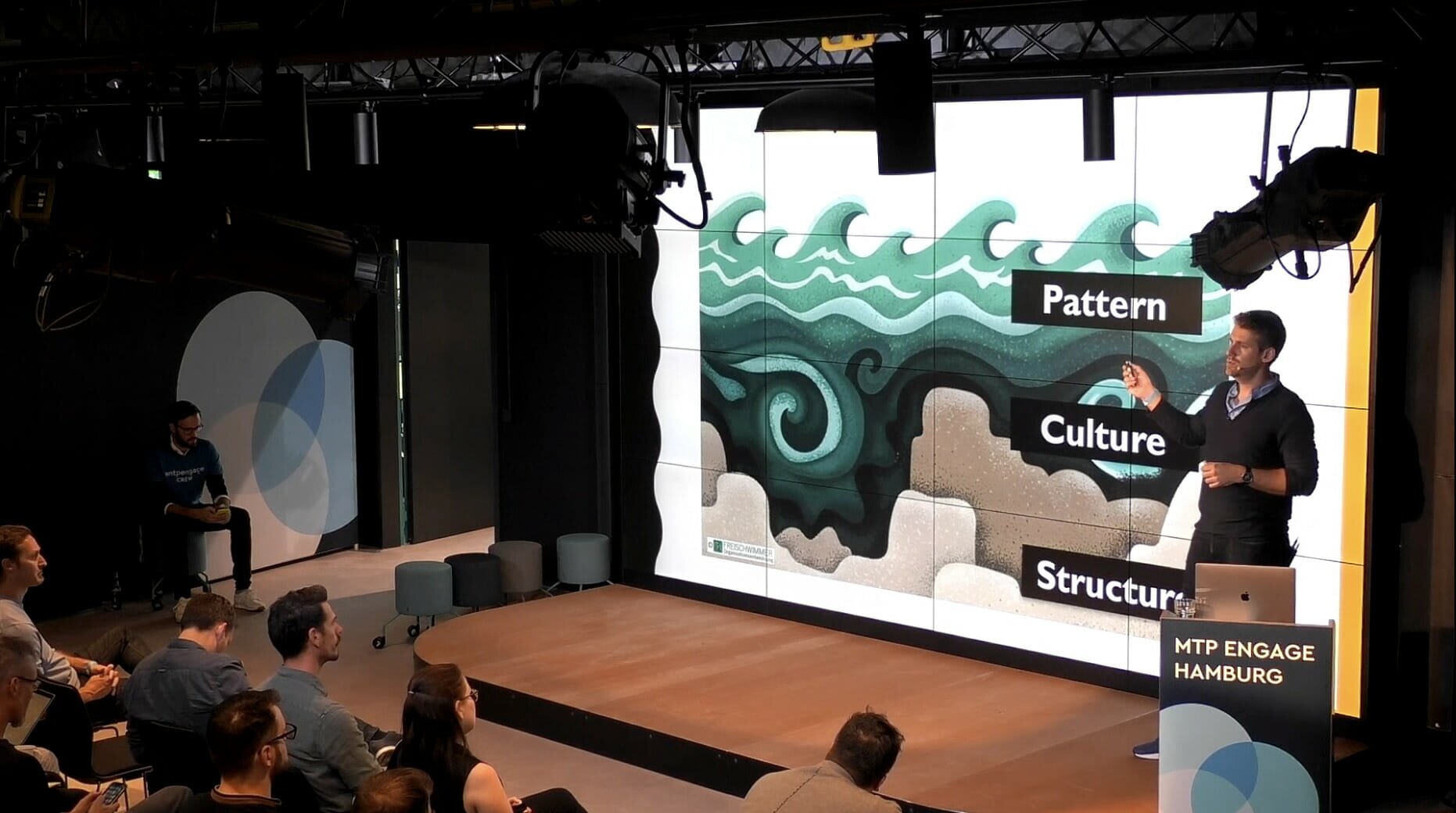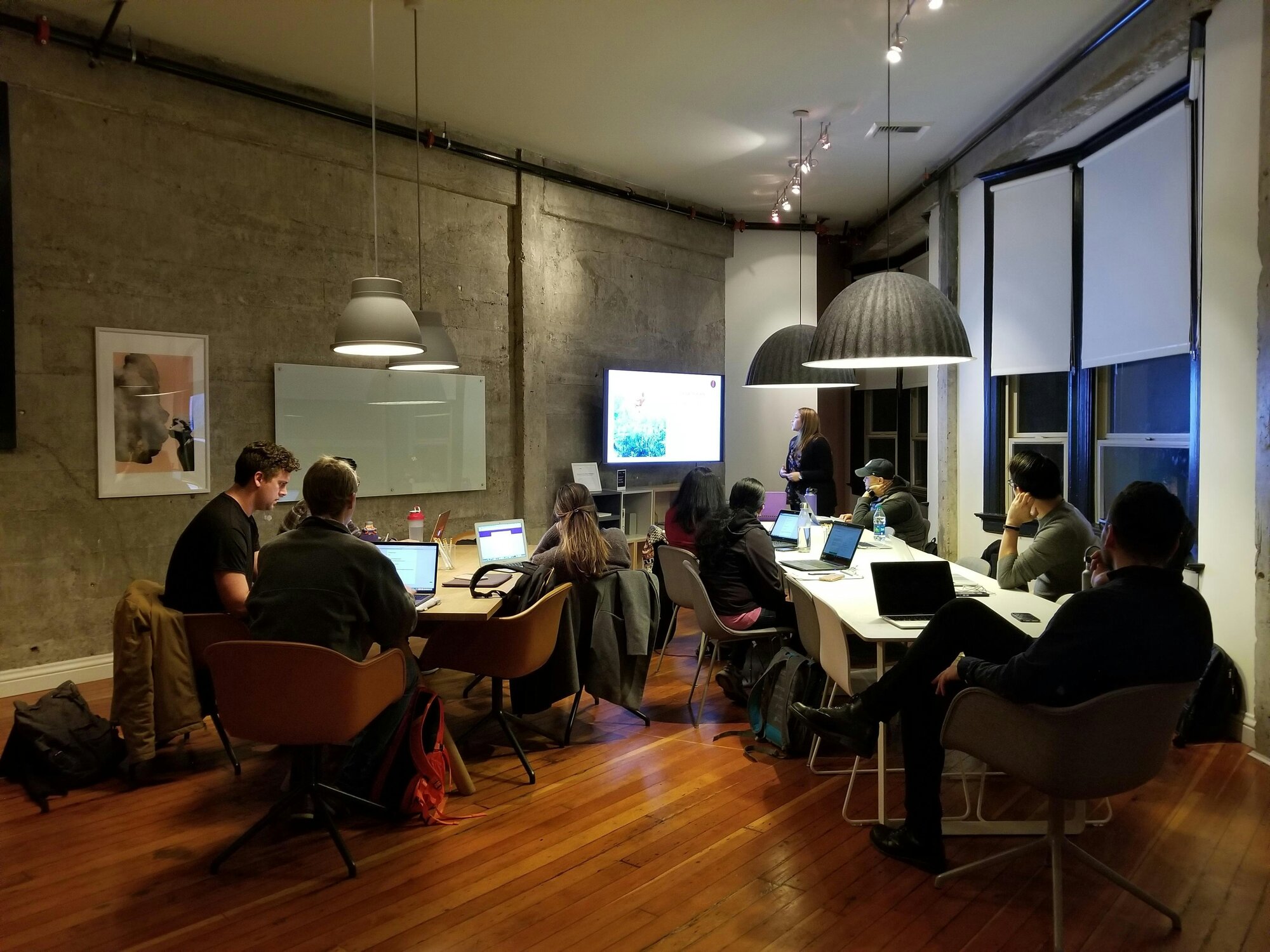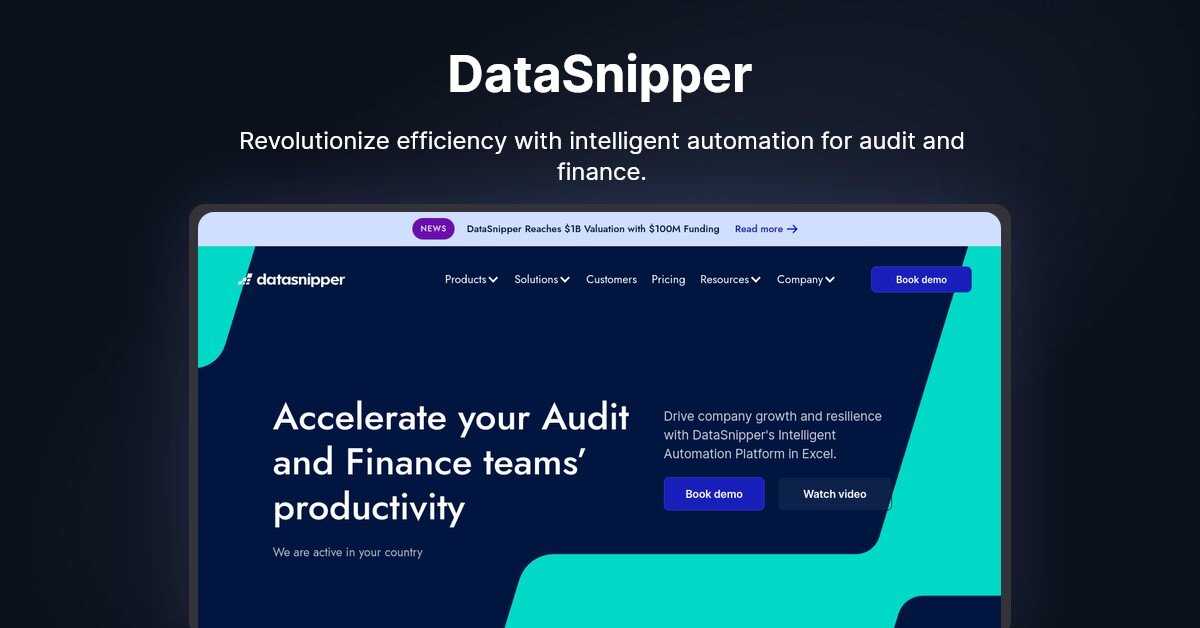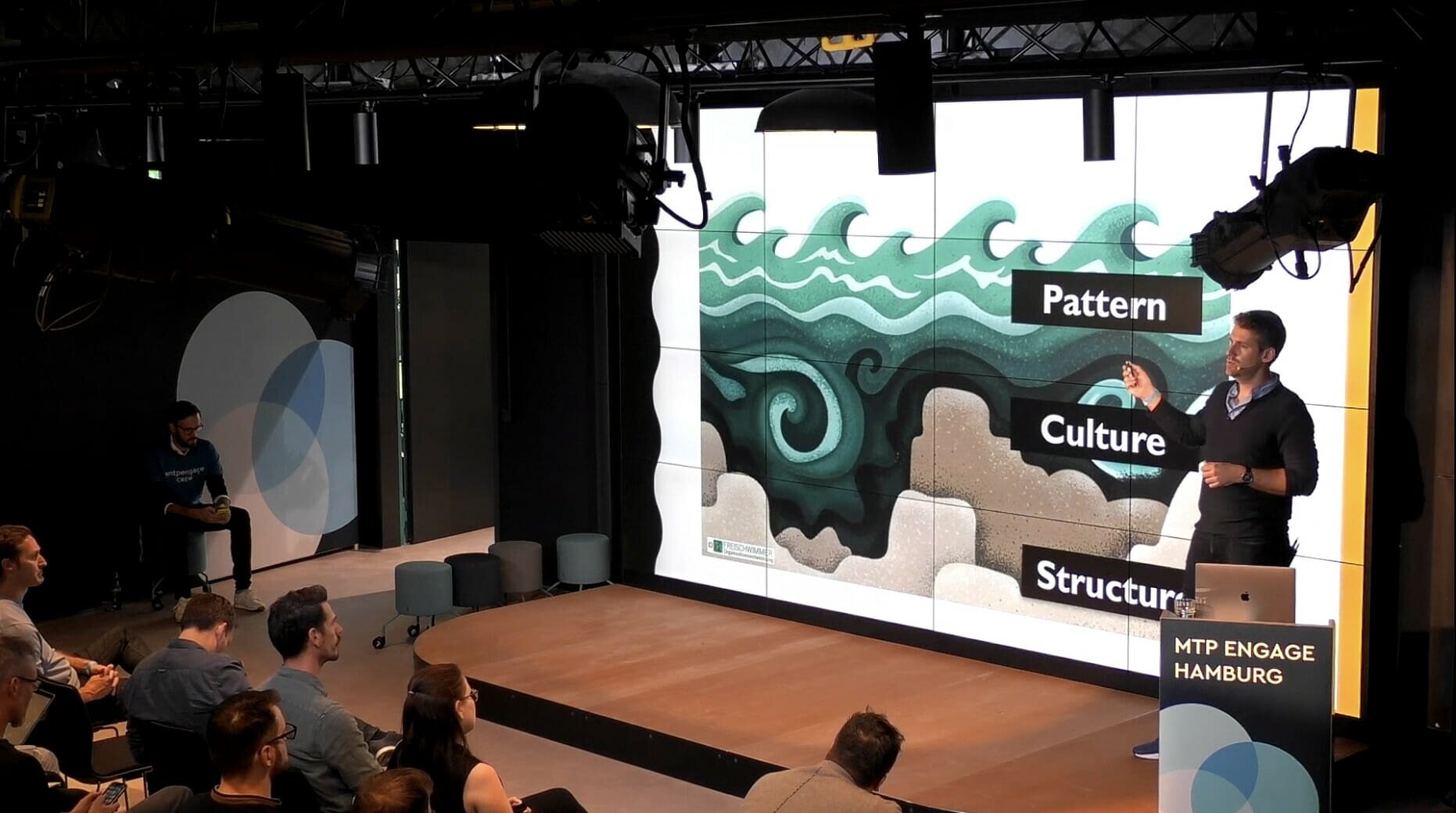In this MTP Engage Hamburg talk, Björn Waide, Managing Director at Haufe-Lexware shares his experiences on building a free-thinking innovative culture. His key points include:
- Transitioning your organisational structure
- Dealing with complex business decisions and product ideas
- Challenges with an innovative culture
Transitioning your organisational structure
Björn discusses the early stages of working at a start-up and the cultural path that his teams have been on. After years of being in an efficient and rigid thinking organisation, he says that they often suffered from suggesting ideas that have been done before.
How do you become more innovative as a company after the initial exciting years of working in a start-up environment? The solution was to remove all managers and rigid hierarchies within the organisation. “Everyone was assigned their budget and people took holidays when they wanted,” Björn says. “But as you can imagine, it wasn’t a simple task to instil this culture and reap the rewards.”
Björn explains how the organisation used the ocean as a metaphor for the right organisational structure. "You notice something is wrong with the business by looking at the waves, such as job retention or lack of productivity. While this is the most visible part of the issue, the culture and structure are the underlying problems that create the waves.

You can’t directly change culture, without having any idea of where they want to go with the structure of the business. This will subsequently affect the culture which will eventually have a positive impact on the pattern.
Dealing with complex business decisions and product ideas
Björn says that companies are more often than not having to deal with complex business decisions. To find the solution to these issues, avoid relying on the highest-paid person in the room, he explains. “Teams often assume that the HiPPO is the most reliable which sometimes results in the wrong decisions being made,” Björn says.
To counter this culture, Björn forces teams to provide feedback on why certain ideas shouldn’t be included on a product roadmap. “Although it may be difficult for the creator of the idea to listen to this criticism, it creates a culture of honest feedback.” if you don’t consider all of the feedback in the room then mistakes and flaws will appear in decisions later down the line. Afterwards, the teams are then asked to say positive things about the ideas that they criticised.
Björn explains that if all teams provide both positive and negative points, it gives the creator of the idea a chance to incorporate all-encompassing feedback into their new feature/idea.
Challenges with an innovative culture
During organisational change, Björn learned that you can’t be an efficient well-oiled business as well as a free-thinking innovative organisation that runs several overlapping experiments. Björn explained that they decided to focus more on an innovation-focused business rather than sticking to their previous business model.
An important aspect of the project was the freedom of information. Through internal messaging tools like Slack, they made all groups and channels public for all people to see.
There were some conflicts along the way. External partnerships rely heavily on seniority and hierarchies. He explains how they had to tweak their culture slightly for the outside world to ensure that there were key decision-makers for external parties to regularly communicate with these external organisations.
Björn closes by saying that this organisational restructure is a long windy road with many more challenges along the way. But the definitive goal of developing the business into an innovative free-thinking agile culture will soon become the new way of working.
Discover more content on Team Alignment.






